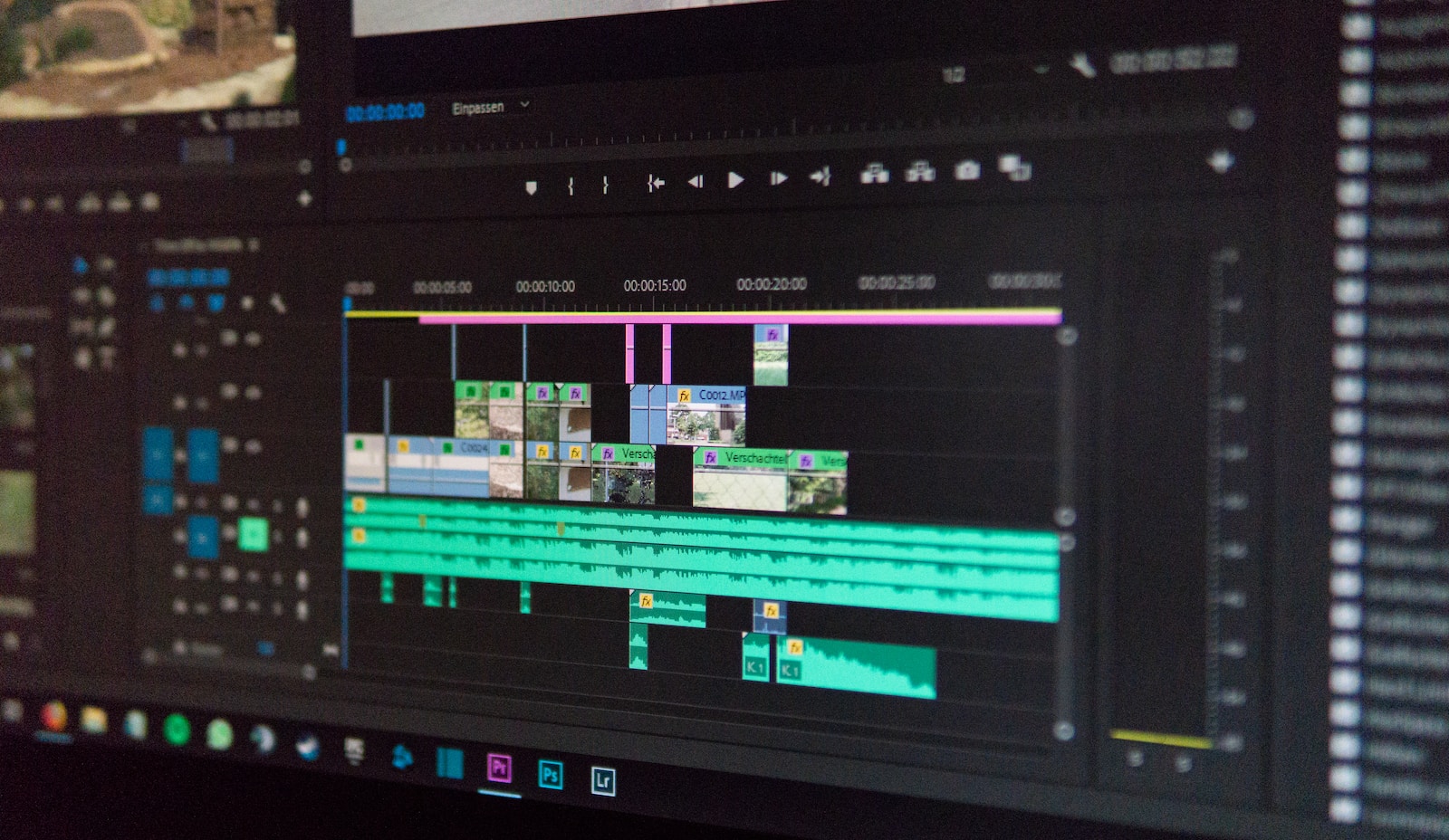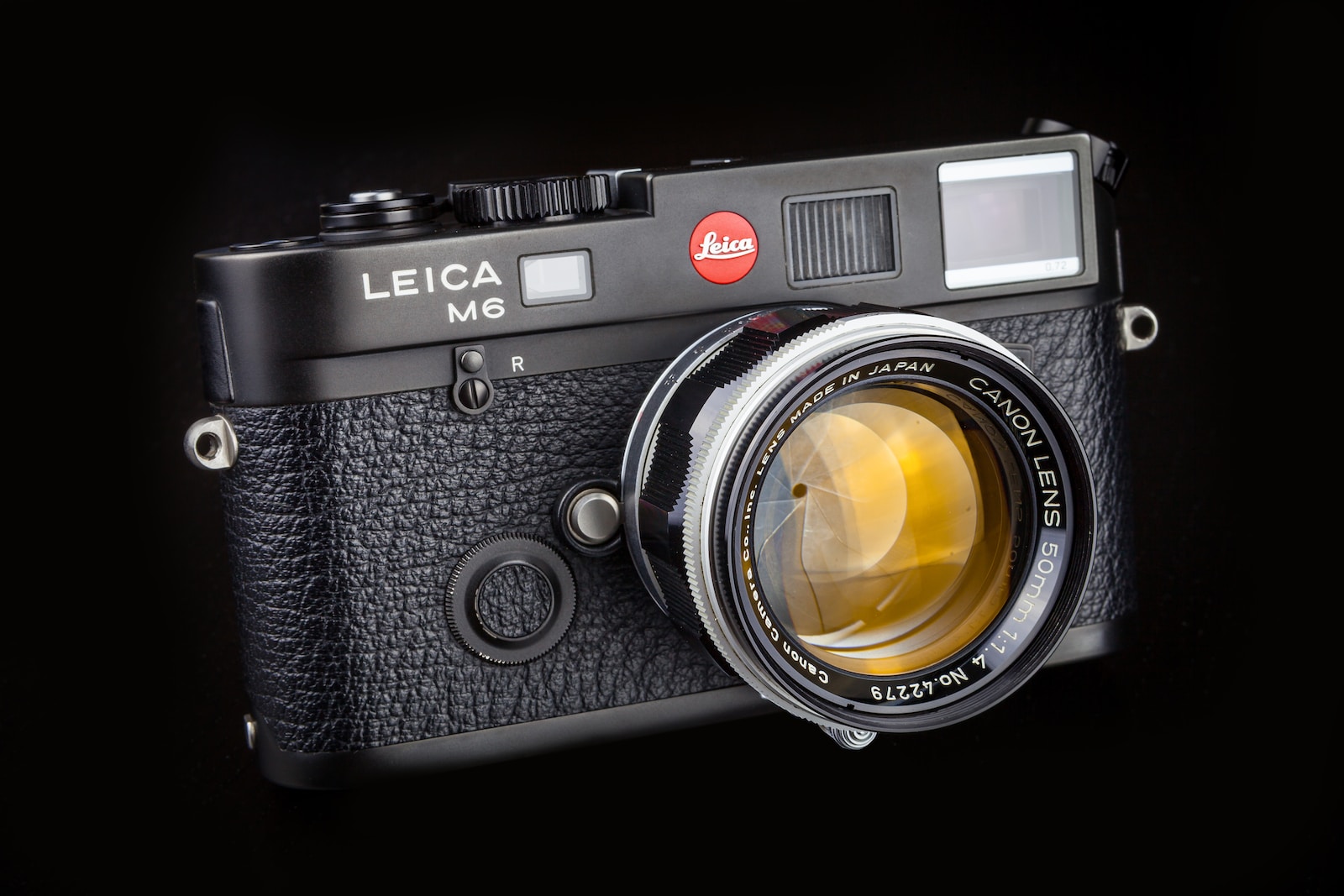Are you looking to take your video editing skills to the next level? Understanding and applying transitions in your videos can be the key to creating a seamless narrative flow that captivates your audience. In this blog, we will delve into the world of video editing and explore how transitions play a vital role in enhancing the overall viewer experience. Join us as we explore the ins and outs of transitions, post-processing, and narrative flow to help you elevate your video editing game!
Table of Contents
- The Importance of Transitions in Video Editing
- Frequently Asked Questions
- 1. What are transitions in video editing?
- 2. Why are transitions important in video editing?
- 3. How can I apply transitions effectively?
- 4. Are there different types of transitions in video editing?
- 5. What is post-processing in video editing?
- 6. How can I achieve a seamless narrative flow in my videos?
- 7. What role does narrative flow play in video editing?
- 8. How can I improve my video editing skills?
- 9. What software can I use for video editing and post-processing?
- 10. Are there any online resources or tutorials to learn more about video editing and transitions?
- Wrap Up
The Importance of Transitions in Video Editing
When it comes to video editing, transitions play a crucial role in enhancing the narrative flow of your footage. Transitions are the visual effects or techniques used to smoothly transition from one scene to another. They are like the glue that holds your video together, ensuring a seamless and engaging viewing experience for your audience.
Understanding the significance of transitions and how to apply them correctly can make a world of difference in the quality and impact of your videos. In this blog post, we will delve into the art of transitions in video editing and provide you with valuable insights on how to use them effectively.
Why Are Transitions Important?
Transitions serve several purposes in video editing. Firstly, they help establish a connection between different scenes, ensuring a coherent and coherent narrative flow. By smoothly transitioning from one shot to another, you can guide your viewers through the story without causing any jarring disruptions.
Secondly, transitions can evoke emotions and enhance the overall visual appeal of your videos. With the right choice of transitions, you can create a sense of anticipation, excitement, or even nostalgia, depending on the atmosphere you intend to create.
Types of Transitions
Video transitions are visual effects that connect one shot to another in a video or film. They can help create a smooth flow, convey a mood, show a change in time or location, or add some creativity to your project. There are many types of video transitions, such as cuts, fades, dissolves, wipes, whip pans, zooms, and more. Each transition has its own purpose and effect, and you can use them to enhance your video editing skills. Here are some examples of video transitions and how to use them:
- Cut: A cut is the simplest and most common transition, where one shot is instantly replaced by another. It can be used to move from one scene to the next, or to create a contrast or a surprise. For example, you can cut from a close-up of a character’s face to a wide shot of the environment, or from a calm scene to a chaotic one.
- Fade: A fade is when a shot gradually becomes black or white, or vice versa. It can be used to open or close a scene, or to show a passage of time, a change of location, or a shift in tone. For example, you can fade to black to end a scene or a chapter, or fade to white to indicate a dream or a flashback.
- Dissolve: A dissolve is when one shot overlaps and gradually replaces another. It can be used to show a connection or a transition between two scenes, or to show a passage of time, a change of location, or a contrast. For example, you can dissolve from a shot of a character in the present to a shot of the same character in the past, or from a shot of a sunny day to a shot of a rainy night.
- Wipe: A wipe is when one shot moves across the screen and pushes the other shot out of the frame. It can be used to show a change of location, a movement between different storylines, or a dynamic action. For example, you can wipe from a shot of a character in one place to a shot of the same character in another place, or from a shot of one planet to a shot of another planet.
- Whip pan: A whip pan is when the camera quickly moves from one shot to another, creating a blur effect. It can be used to show a fast-paced action, a comedic effect, or a change of perspective. For example, you can whip pan from a shot of a character looking at something to a shot of what they are looking at, or from a shot of a character talking to a shot of another character reacting.
- Zoom: A zoom is when the camera moves closer or farther away from the subject, changing the size and focus of the shot. It can be used to emphasize or reveal something, to create a dramatic or suspenseful effect, or to transition between different levels of detail. For example, you can zoom in on a character’s face to show their emotion, or zoom out from a shot of a city to a shot of the earth.
Tips for Using Transitions Effectively
Now that you understand the importance of transitions, here are some tips to help you apply them effectively in your video editing process:
- Choose transitions wisely: Select transitions that align with the tone and mood of your video. Consider the narrative and desired impact before making a choice.
- Avoid overusing transitions: While transitions are essential, using them excessively can be distracting. Use them sparingly and purposefully to maintain the focus on the story.
- Consider the timing: The timing of transitions is crucial. Ensure a smooth and natural flow between shots by adjusting the duration and placement of each transition.
- Experiment with effects: Don’t be afraid to explore different transition effects and techniques. Test out fades, slides, or other unique transitions to add creativity to your videos.
By understanding the various types of transitions and implementing them effectively in your video editing process, you can create a seamless narrative flow that captivates your audience from start to finish. So, go ahead and experiment with transitions to elevate the quality and storytelling of your videos!
Frequently Asked Questions
1. What are transitions in video editing?
Transitions in video editing are the visual effects used to smoothly connect two video clips or scenes. They play a crucial role in maintaining the narrative flow and creating a seamless viewing experience for the audience.
2. Why are transitions important in video editing?
Transitions are important in video editing as they help establish the relationship between different shots, enhance the storytelling, and create a cohesive visual experience. They provide an opportunity to guide the viewer’s attention and evoke specific emotions.
3. How can I apply transitions effectively?
To apply transitions effectively, consider the context and purpose of your video. Choose transitions that align with the tone and style of your content. Use transitions sparingly and avoid distracting or overused effects. Ensure smooth timing and proper placement of transitions to maintain a natural flow.
4. Are there different types of transitions in video editing?
Yes, there are various types of transitions in video editing, such as cuts, fades, dissolves, wipes, and many others. Each type has its own purpose and effect. Experiment with different transitions to find the ones that best suit your video and enhance its narrative.
5. What is post-processing in video editing?
Post-processing in video editing refers to the stage where you refine and enhance the footage after the initial editing. This can include color grading, adding special effects, adjusting audio, and applying overall polish to achieve the desired look and feel of your video.
6. How can I achieve a seamless narrative flow in my videos?
To achieve a seamless narrative flow in your videos, it is essential to carefully plan the sequence and arrangement of your shots. Use transitions thoughtfully to bridge the gap between scenes, maintain continuity, and keep the viewer engaged throughout the entire video.
7. What role does narrative flow play in video editing?
Narrative flow is crucial in video editing as it ensures a smooth and logical progression of the story or message you want to convey. It helps maintain the viewer’s attention, creates a sense of coherence, and makes the video more enjoyable to watch.
8. How can I improve my video editing skills?
To improve your video editing skills, practice regularly, analyze and learn from professional editors’ work, and stay updated with the latest editing techniques and software. Experiment with different styles and approaches, and seek feedback from others to grow and refine your skills.
9. What software can I use for video editing and post-processing?
There are several popular video editing software options available, such as Adobe Premiere Pro, Final Cut Pro, and DaVinci Resolve. These tools provide a wide range of features and functionalities to help you edit and enhance your videos effectively.
10. Are there any online resources or tutorials to learn more about video editing and transitions?
Absolutely! There are numerous online resources, tutorials, and video editing courses available on platforms like YouTube, Udemy, and Lynda.com. These resources can provide in-depth guidance, tips, and techniques to help you master video editing skills and improve your understanding of transitions.
Wrap Up
In conclusion, understanding and applying transitions in video editing is crucial for creating a seamless narrative flow in your videos. By using the right transitions at the right moments, you can enhance the viewer’s experience and effectively convey your story.
Remember to choose transitions that complement the emotions and tones of your video. Experiment with different options and fine-tune them during post-processing to achieve the desired effect. Don’t forget to maintain consistency and avoid overusing transitions, as it may distract viewers from the content.
Now it’s your turn! Have you used transitions in your videos before? How did they impact the narrative flow? Share your experiences and thoughts in the comments below. Let’s start a conversation and learn from each other’s insights.



